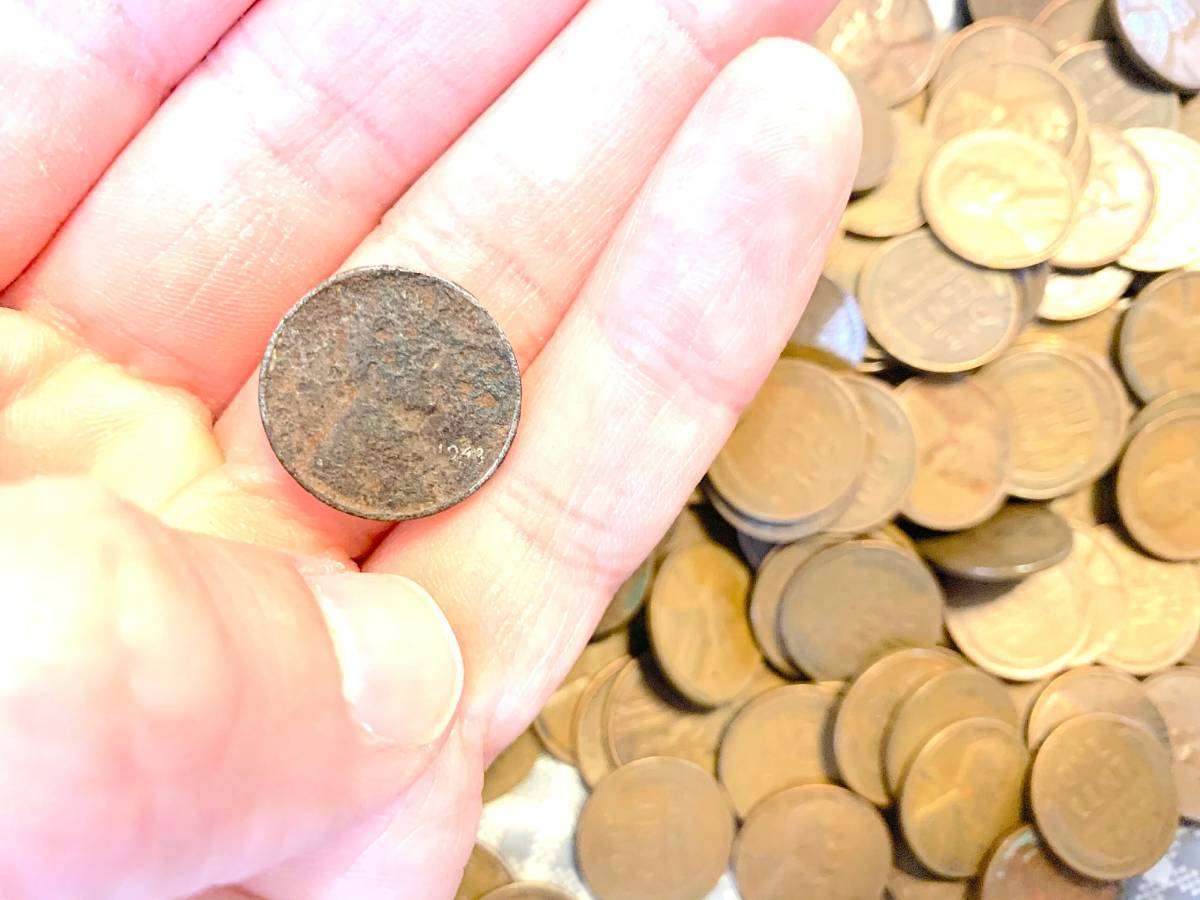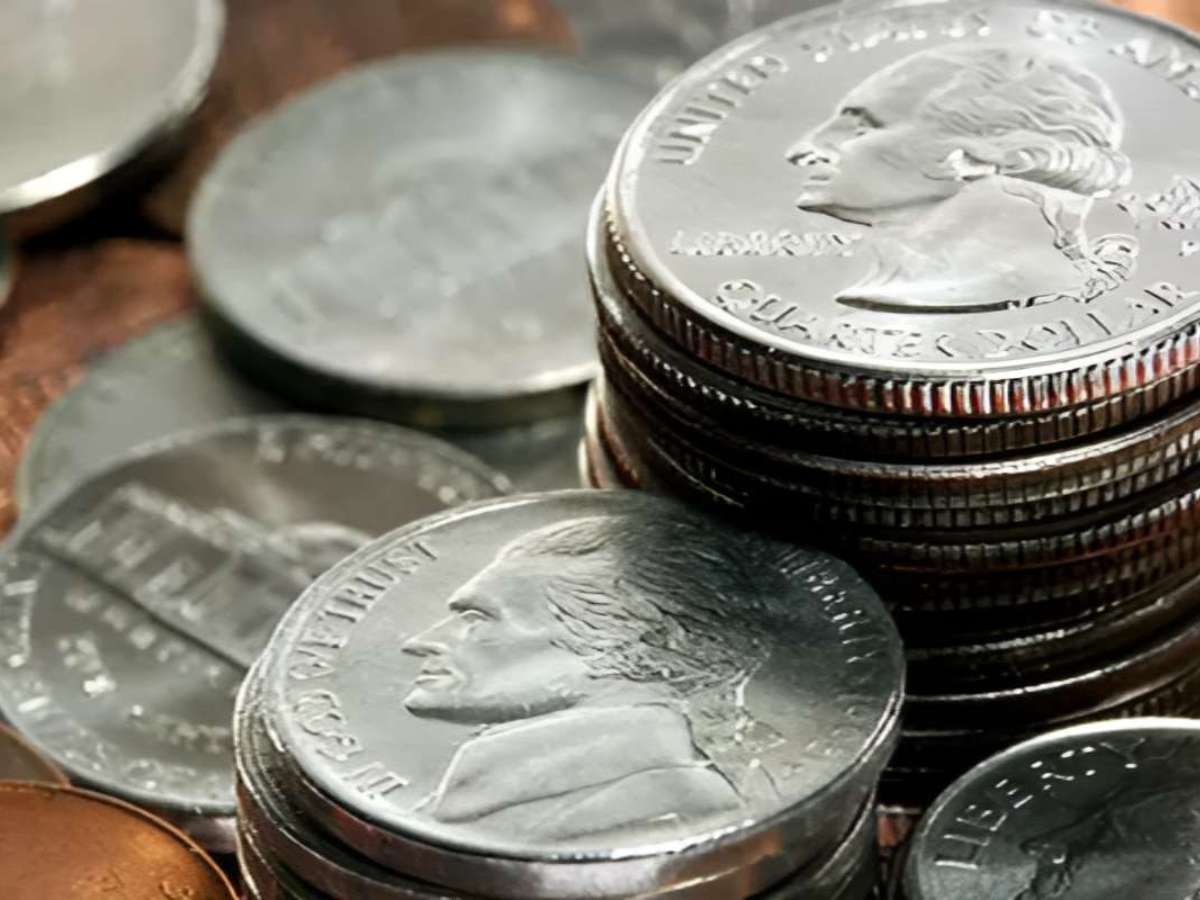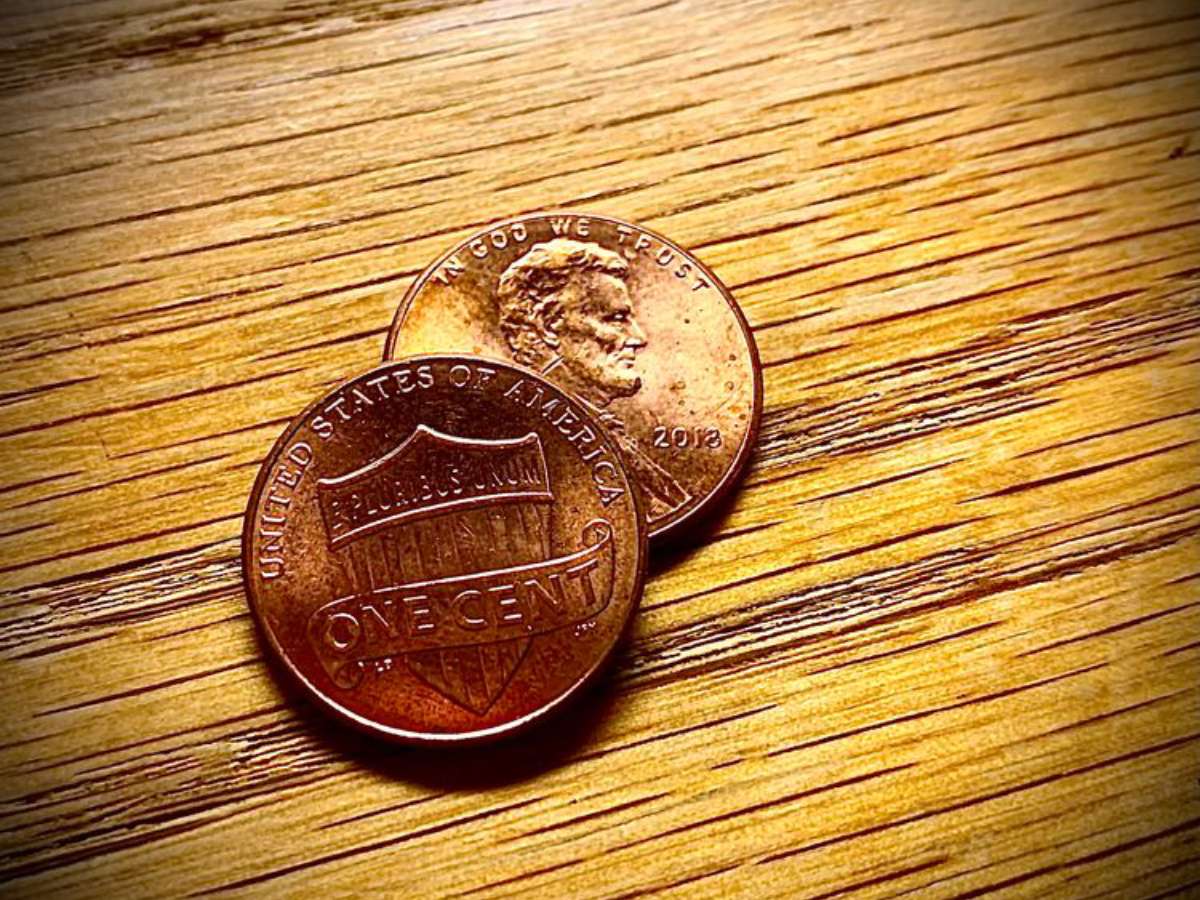Proof sets make a great and popular way for collectors to own supreme-quality examples of our nation’s coins.
The U.S. Mint has been striking proof coins for well over a century.
Annual production of proof sets began regularly in 1936.
Proof sets from the 1950s provide collectors and investors a chance to hang on to beautiful examples of coins from the decade.
Coins In 1950s Proof Sets
1950 proof sets include:
- Lincoln wheat penny (1950-1958) and Lincoln Memorial penny (1959)
- Jefferson nickel
- 90% silver Roosevelt dime
- 90% silver Washington quarter
- 90% Franklin half dollar
1950s Proof Sets Mintages & Average Prices
Below is a list of mintages and average prices for 1950s proof sets.
Proof sets from the decade containing high-quality or cameo specimens usually attract a premium over the prices listed here. Proof sets with spotted coins tend to sell for lower prices.
- 1950 Proof Set; 51,386: $750
- 1951 Proof Set; 57,500: $600
- 1952 Proof Set; 81,980: $350
- 1953 Proof Set; 128,800: $285
- 1954 Proof Set; 233,300: $150
- 1955 Proof Set (Boxed and flat pack); 378,200: $160 (Box) $155 (Flat)
- 1956 Proof Set; 669,384: $70
- 1957 Proof Set; 1,247,952: $30
- 1958 Proof Set; 875,652: $60
- 1959 Proof Set; 1,149,291: $28
Facts About 1950s Proof Sets
Proof set production took a hiatus after 1942 and resumed in 1950.

From 1950 through 1955, U.S. proof sets were sold in packages that had individual cellophane packets. Each cellophane packet held one coin, and these packets were usually stapled together and shipped to collectors in cardboard boxes.
During 1955, packaging methods for proof sets changed dramatically. Early sets from 1955 were packaged with the cellophane packets and cardboard boxes.
Later sets from 1955 were assembled in one-piece cellophane packs with 6 sealed pockets contained within. These single-cellophane sets are commonly called flat packs.
Five of the pockets hold one specimen from each of the 5 denominations. The 6th pocket holds a semi-reflective, pliable insert bearing the words “U.S. Mint Philadelphia”. Flat packs originally include a yellow government envelope and a certificate.
Many of the 1950-1955 boxed proof sets have been removed from their original holders and are now residing in more-durable plastic cases and holders.
All of these proof sets are generally desirable. But it seems there is special collector interest in obtaining the 1950-1955 proof sets that are still housed in their original form. It is quite fair to say that well-preserved 1950-1955 proof sets still contained in their original boxes are becoming rarer and rarer every year.




